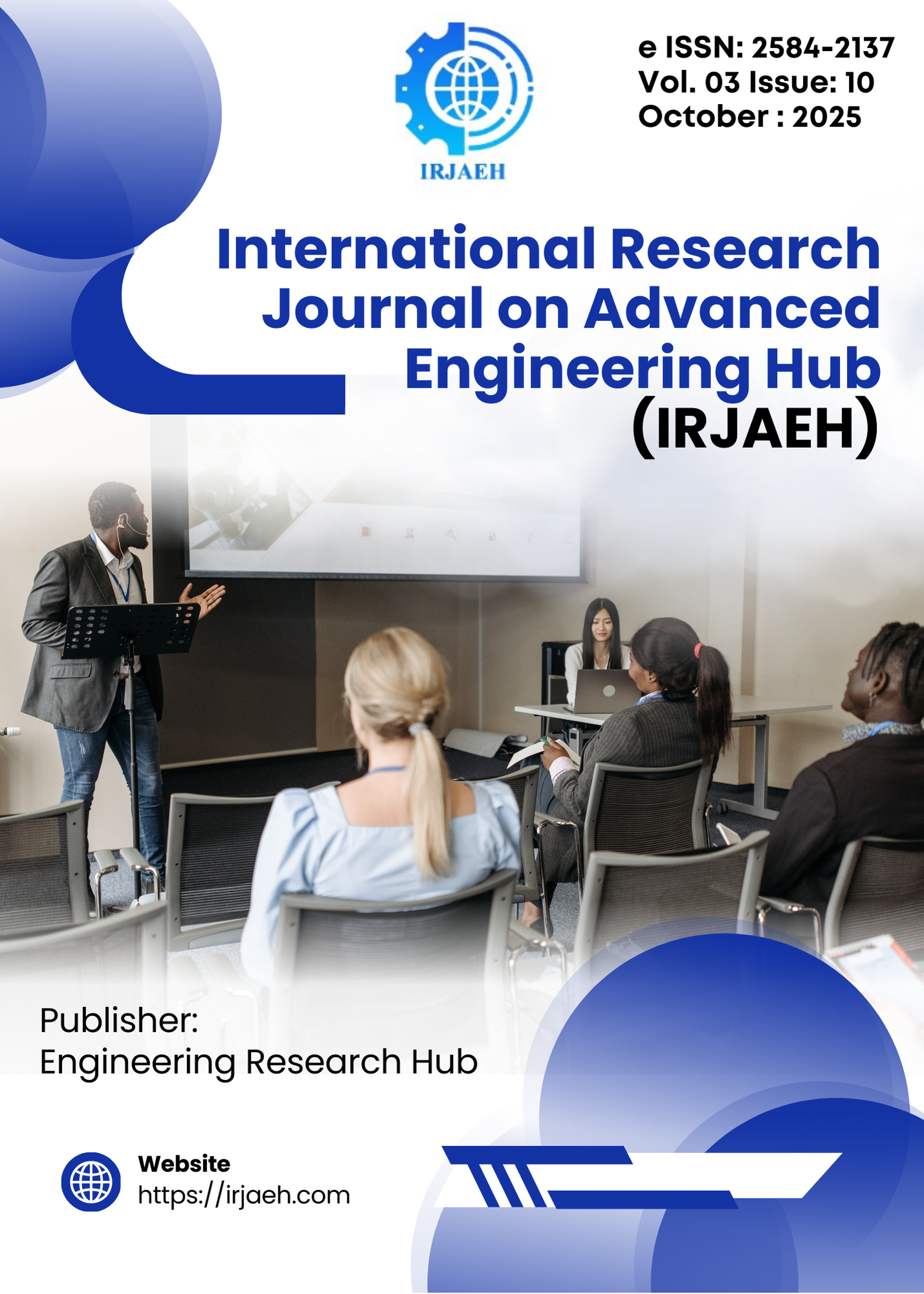Plant Disease Detection using a Deep Learning approach: a Custom CNN
DOI:
https://doi.org/10.47392/IRJAEH.2025.0562Keywords:
Agriculture, CNN, Architecture, SoftMax, ReLU, PlantVillage, DoctorPAbstract
With the global population expected to increase substantially, it raises a concern about feeding these populations, and it becomes essential to protect crops from diseases for food security. According to several studies, plant diseases and pests cause about 20–40% of the world's crop yield to be lost each year. Current plant disease detection methods include visual inspections, microscopy, culture-based procedures, molecular techniques, etc. These techniques are time-consuming, require specialized equipment and expertise, and are prone to human error. To address this problem, this study employs a customized Convolution Neural Network (CNN), which provides a more effective and scalable substitute for manual inspection and lab-based diagnostic techniques. The model uses CNN's sequential architecture along with softmax and ReLU activation functions. While ReLU introduces non-linearity in the model, which is essential for complex feature extraction, softmax helps in the normalization of vectors and multiclass classification. It has 3 blocks, each consisting of a convolution layer, a pooling layer, and a dropout layer. The model operates on a publicly available hybrid dataset taken from PlantVillage and DoctorP datasets, with a combined total of 5,721 images organized into sub-directories representing different diseases belonging to major groups like fungi, bacteria, virus, non-infectious conditions, nematodes and pests/insects. Images of each category were fed to the model, to identify diseases which are complex to be detected through images. Our model achieved an overall accuracy of 96.54%, illustrating the potential of CNN-based approaches for automated plant disease detection.
Downloads
Downloads
Published
Issue
Section
License
Copyright (c) 2025 International Research Journal on Advanced Engineering Hub (IRJAEH)

This work is licensed under a Creative Commons Attribution-NonCommercial 4.0 International License.

 .
. 